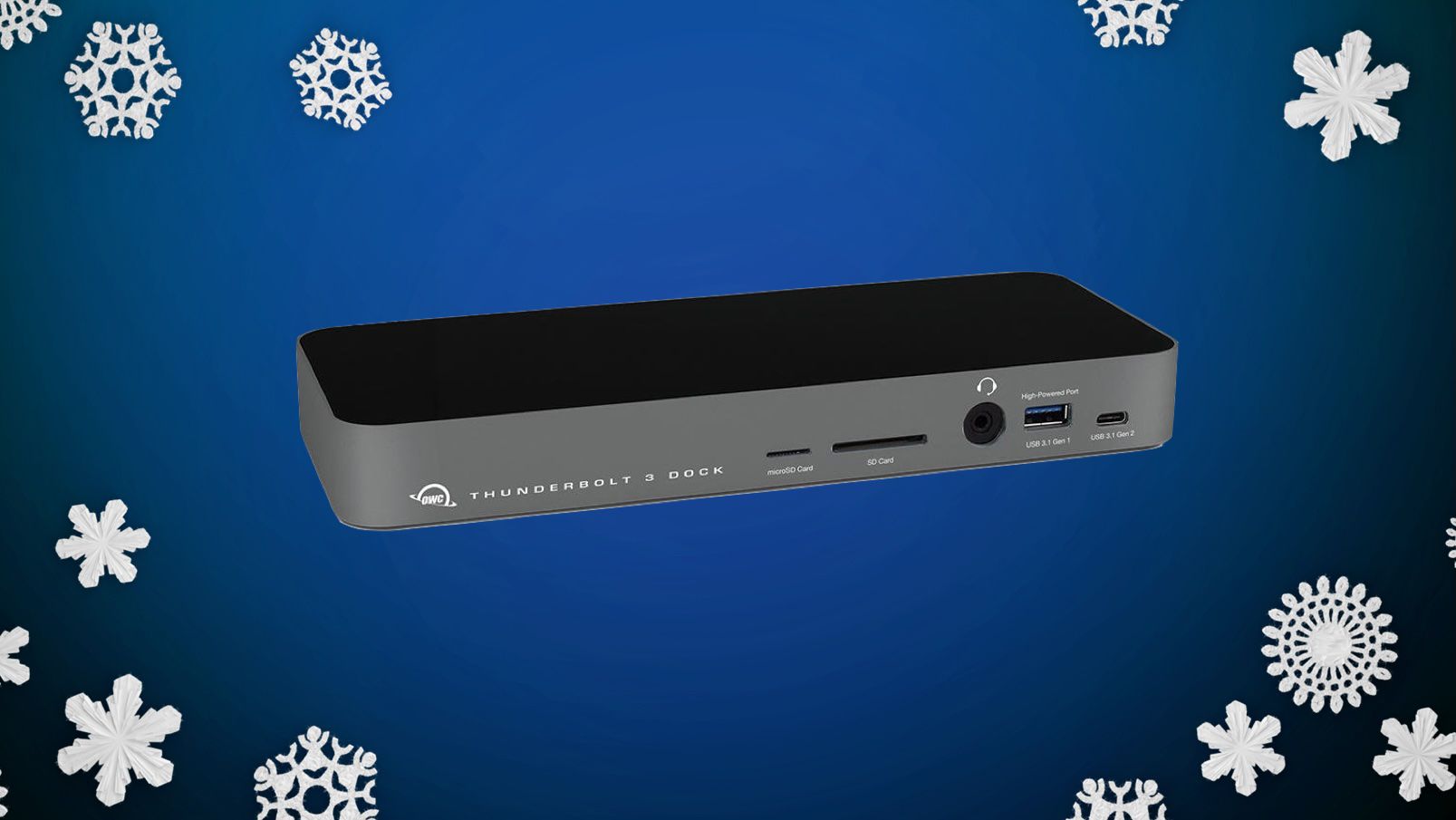Against the backdrop of global energy transition driven by carbon neutrality goals, photovoltaic (PV) power generation has emerged as a core clean energy source, with global installed capacity surging—China alone accounted for over half of 2024's 495GW new global installations.However, rapid PV expansion brings critical safety risks, most notably DC arc faults in PV systems.Unlike AC systems, PV DC circuits feature high-voltage, non-self-extinguishing arcs that easily trigger fires due to loose wiring, aging equipment, or poor construction, and traditional protection devices fail to detect these concealed arcs effectively.
More HeadlinesPV*SOL premium 2026 released: now with a new customer presentation and flexible combinations of PV, thermal and battery storage systems Fuel Cell Vehicle Market Set for Explosive Growth: What's Driving the Surge in 2024-2032
First Solar Inaugurates New $1.1 Billion AI-Enabled Louisiana Manufacturing Facility ABB to modernize automation systems at solar power plants in Spain The Top 10 Things Everyone Gets Wrong About PV Ribbons & Solar Interconnects (And What You Really Need to Know)ArticlesBattery Powered Generator vs Solar Powered Generator: What is the Difference? Energy Storage Technology: A Vital Component of a Modern Power Grid Blackmon Power Fast-Tracks Asset Monitoring with Flir i65 and Condoit App Recent Progress in the US EV Industry: Greener and Safer EV Battery Technologies Recent Advances in Solar Cell Technology for Transportation Applications
International regulations now mandate DC arc protection: the U.S.
NEC 2023 requires arc fault protection for PV systems over 80V DC, while IEC 63027 aligns with UL 1699B's technical benchmarks, and China is updating standards to match global norms.Traditional arc protection solutions rely on basic waveform detection, suffering from low sensitivity, high false alarm rates, and poor adaptability to inverter electromagnetic interference. YAS's innovative AFCI & RSD solutions address these gaps through inverter-embedded integration.The AFCI solution uses a custom ASIC chip and convolutional neural network algorithm (integrating FFT and wavelet analysis) to achieve 99% arc detection accuracy with zero false triggers, responding within 2.5 seconds to cut DC circuits.
Its hardware reuses inverter sensors, reducing integration costs and power consumption (≤0.1W).The RSD solution enables rapid high-voltage unloading (to
These solutions offer three core advantages: independent ASIC chips and algorithms, superior protection performance, and low integration costs, fitting household and commercial PV scenarios.As global PV safety standards evolve, embedded AFCI & RSD technologies are pivotal to mitigating DC arc risks, ensuring the safe and sustainable development of the PV industry, and advancing the global green energy transition.
Our RE Series batteries are designed to provide the highest peak capacity, longest cycle life, and greatest reliability for use in industrial or residential renewable energy applications.
Renewable Energy Series batteries utilize the company's exclusive XC2 formulation and Diamond Plate Technology to create the industry's most efficient battery plates, delivering greater watt-hours per liter and watt-hours per kilogram than any other flooded lead-acid battery in the market.Our Deep Cycle batteries are engineered to work with solar panels as well as other renewable energy applications.








